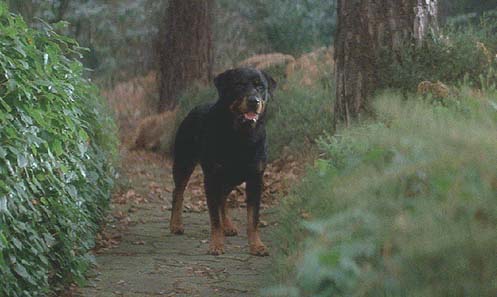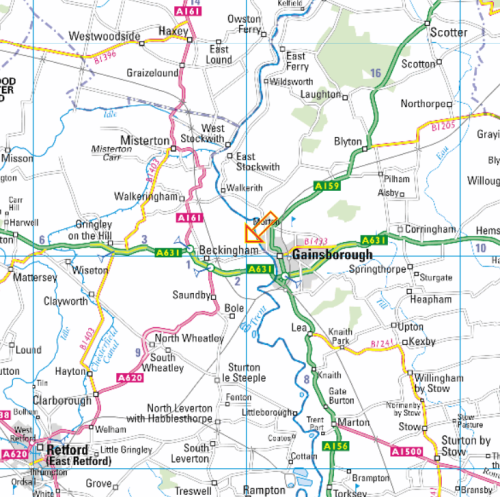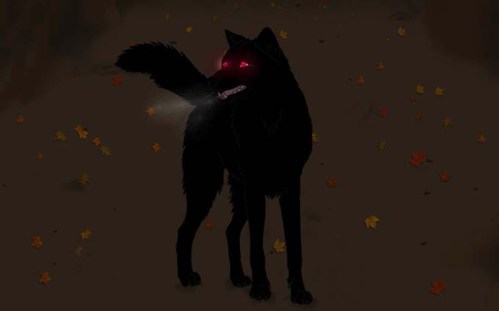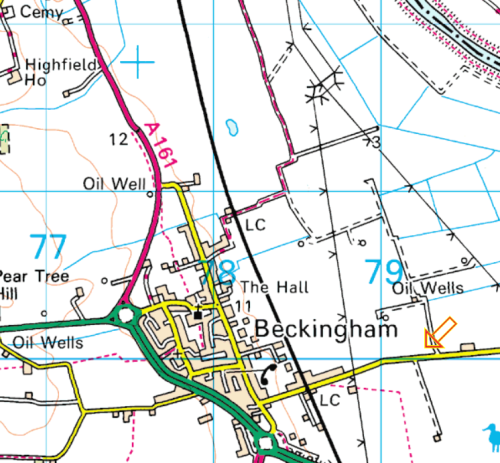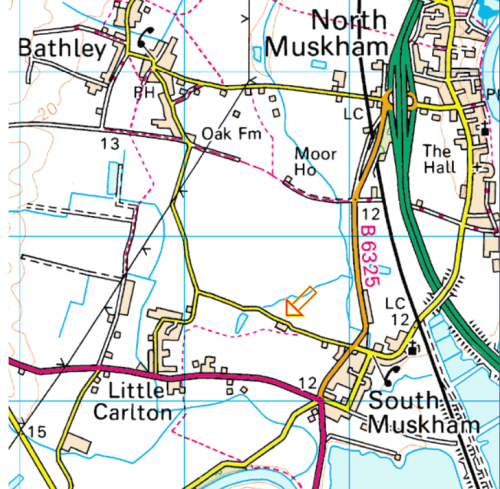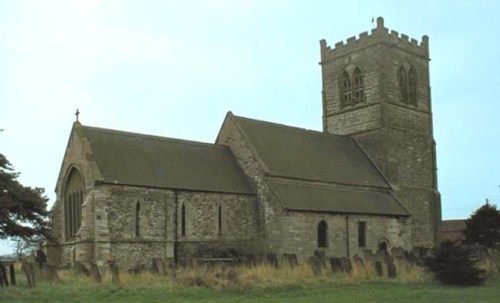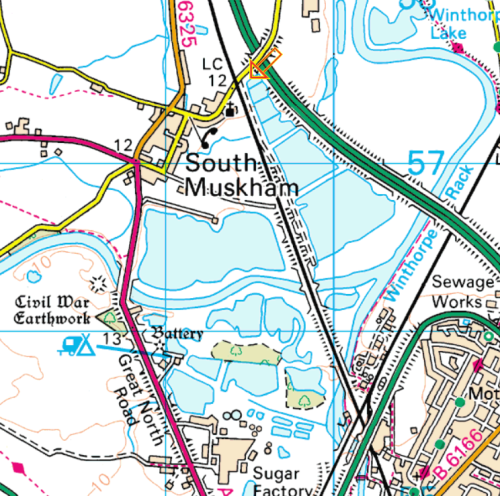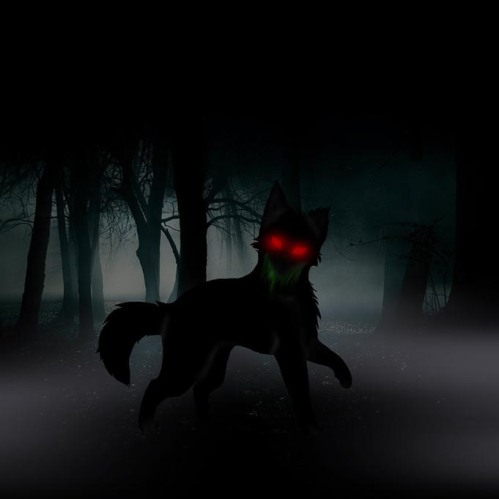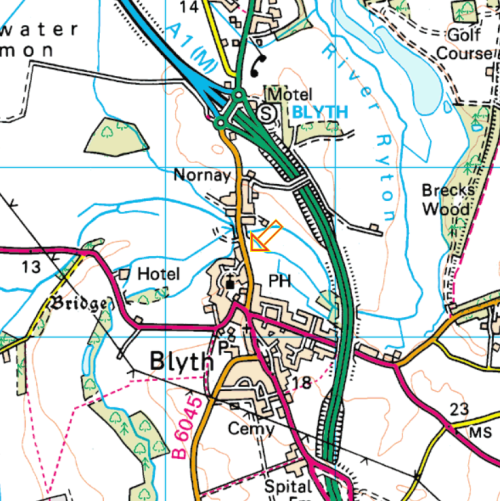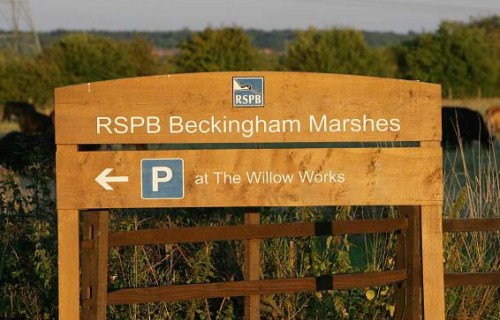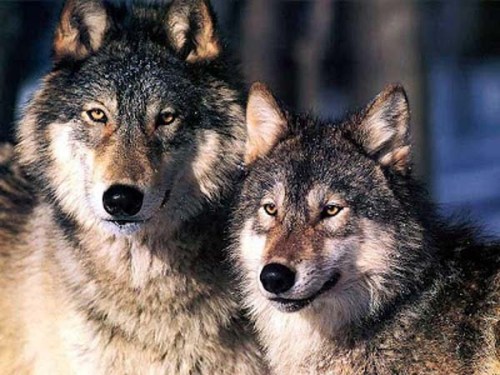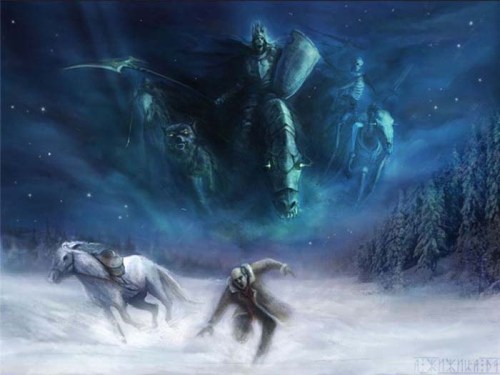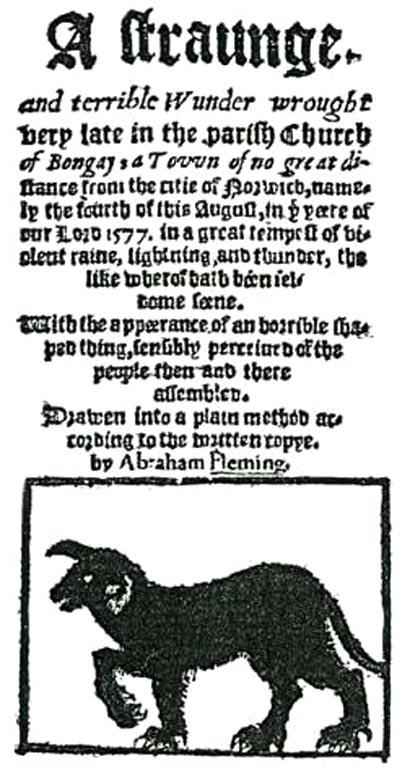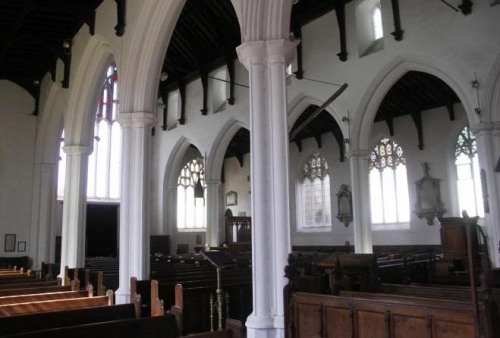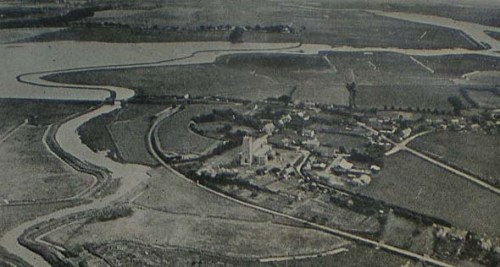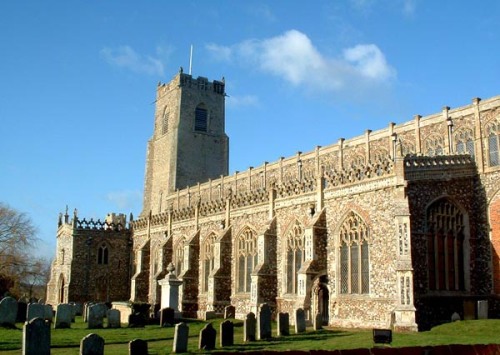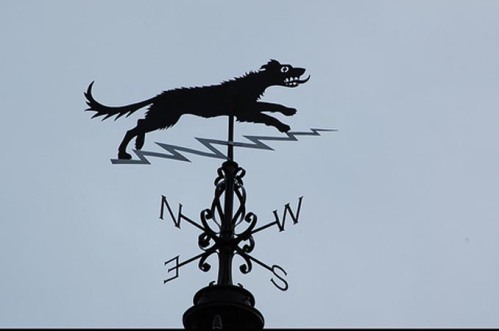As I have said in two previous blogposts, Old Shuck, Black Shuck, or simply Shuck is the name of the huge, phantom black dog which roams, allegedly, the fields and fens of Norfolk and Suffolk. There are, of course, many places other than East Anglia where completely credible reports occur. We have already looked at three in Nottinghamshire, but almost every county in England has its own version of the creature, whether that be the “Bogey Beast” in Lancashire, the Lincolnshire “Hairy Jack”, the “Gallytrot” in Suffolk or the “Bargheust” in Yorkshire and the North.
They are often associated with electrical storms, such as Black Shuck’s appearance at first Bungay and then Blythburgh in Suffolk. More often, though, they are linked to places rather than meteorological conditions. Churchyards and graveyards at midnight are a favourite, as well as crossroads. Equally, if not more, favoured are dark lanes, ancient pathways and lonely footpaths in the countryside. Occasionally, there is a connection with water, such as a river, a lake or even a beach. Sometimes, such as at Launceston in Cornwall, it may be an ancient tumulus, as is the case with the….
“graves and prehistoric burials whose attendant hounds proliferate densely in Wiltshire and West Somerset on the grounds that they can be seen as passages downwards to the World of the Dead, and so also suicide graves and scenes of execution…”
(Theo Brown: ‘The Black Dog’, in Porter and Russell (ed.) ‘Animals in Folklore’ (1978).”
Likewise, the Black Dog is seen as the “guardian of the threshold, escorting souls into the afterlife”. According to Jennifer Westwood in her book “Albion” (1985) :
“Black Dogs commonly haunt lanes, footpaths, bridges, crossroads and graves – all points of transition, …..held to be weak spots in the fabric dividing the mortal world from the supernatural.”
And :
“If a count be made of the kind of places favoured by these apparitions one thing becomes plain. Quite half the localities are places associated with movement from one locality to another: roads, lanes, footpaths, ancient trackways, bridges, crossroads.”
Let’s now leave Nottinghamshire’s Shuck eating his Pedigree Chum for just a moment, and skip thousands of miles to the north east of the United States. In her most excellent book, “Real Wolfmen True Encounters in Modern America” the author Linda S Godfrey explains her idea that…
“One common factor seems to emerge from every collection of strange creature accounts: there is an unmistakable connection between anomalous beings and certain features of the land. Unexplainable creatures and events tend to occur near freshwater; on hills; at boundary areas such as roads; and on or near burial grounds, and military zones, and all types of sacred areas around the world.
This geographic predictability supports the premise of many contemporary investigators like Rosemary Ellen Guiley, Nick Redfern, and the late John Keel, who suspect that anomalous creatures are not natural animals; they are entities that belong to a completely non-human realm and are attracted to certain energies of the Earth and all living creatures.”
The researchers listed above, and many others, believe that werewolves, Bigfoot, alien big cats, grey aliens, UFOs and sea monsters as well as more traditional entities such as fairies, dragons and ogres are all part of a planet-wide “spirit” population that manifests “in some sort of concert with the human mind, intent on its own enigmatic purposes.”
.
And of course, this theory does go quite a long way to explaining a very large question, namely, “Why do so many apparently reliable witnesses continue to report the same, impossible things?”
.
If we just think of Great Britain, how many UFOs, Black Dogs, ghosts and even sea serpents have been reported over the years?
Linda S Godfrey, who specialises in the more exotic of the world’s canids and possible canids writes about the Wolfmen who are regularly seen in her native Wisconsin.
Wolfmen in form are rather like Bigfoot, except that they have a wolf’s head. They are thinner than Bigfoot, and consequently, can move very quickly if required. The most famous of the American Wolfmen is the “Beast of Bray Road”.
Witnesses have sketched what they saw on this most famous of cryptozoological highways…
Linda S Godfrey first became interested in the Beast when she was a journalist and had the opportunity to speak to one of the first witnesses….
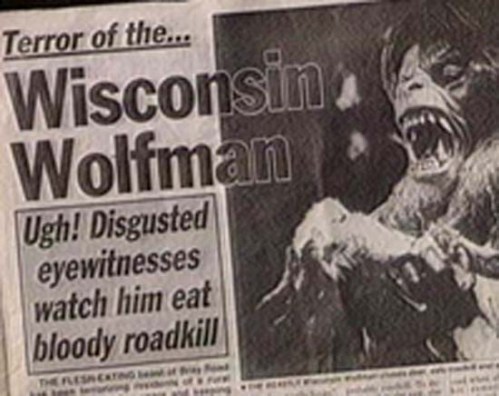
Fairly frequently, the Wolfman’s favourite food is roadkill. These were originally witness sketches…
There are at least two photographs…
One of the very earliest known sightings of a Wolfman occurred not in Bray Road, but at the St Coletta School for Exceptional Children, where Mark Shackelman worked as a security guard. Linda S Godfrey tells the story….
“The nightwatchman’s main duty was to make quiet surveillance of the 174 acre grounds…The land was dotted with ancient Native American burial mounds.
One evening, movement on the mound behind the main building drew the sharp nightwatchman’s attention as he observed what appeared to be a large animal digging furiously atop the raised earth. The creature was roughly man-size, covered in dark fur, and knelt in a way that should have been physically impossible for a four-footed beast And it fled on two feet rather than four as soon as it noticed Shackelman’s presence.
The flummoxed Watchman examined the mound next day and saw that the Earth had been torn by what looked like big claw marks, with raking slashes in sets of three. That night, he made sure to arm himself with a big, club-like flashlight before making his rounds. Sure enough, the creature was there again, digging in the mound near midnight. This time, however, it rose upon its hind legs and faced Shackelman. It stood about six feet tall and reeked of rotten meat.
Shackelman bravely shined his light at the creature so that he could get a good, long look at it. Although it was covered in fur, he could make out powerful arms that ended in hands with thumbs and little fingers that were much smaller than the middle three digits, explaining the triple slashes in the dirt. It had a muscular torso and a canid head with a muzzle and pointed ears. Perhaps most surprisingly of all, the creature made a growling vocalisation that Shackelman later described as a “neo-human voice” and that sounded to him like three syllables, “ga- dar-rah”. The creature continued to make fearless eye contact with Shackelman, who felt he was in imminent and mortal danger.”
If you want to read what happens to Mr. Shackelman, or the Wolfman, then you will have to buy the book! You will not be disappointed! It is a marvellous book which opens a whole world of strangeness that takes a lot to explain away. This report of a wolfman was just the first of the many. According to Linda S Godfrey…
“Was the St Coletta creature just a sign of things to come? The Shackelman sighting was only the first of over one hundred reports nationwide of a human sized canine that could run upright or crouch with a chunk of bloody carrion clutched in its paws. In that incident and most sightings since, the creature is described with a head that appears wolf-like but a body that often – except for its fur, dog shaped limbs, and elongated pause – looks somewhat humanoid because of its powerfully muscular torso and shoulders.”
Here are some more modern colour photos, in some cases taken by trailcams.
If you look at Youtube, a search for the “Beast of Bray Road” will reveal scores of films of varying quality. This lasts an interesting three minutes…
and this is a more thorough full length programme
If, however, you find yourself being tempted towards the “Gable Film”, please be aware that its maker has already acknowledged, several years ago, that the film is (a very accomplished) fake .

